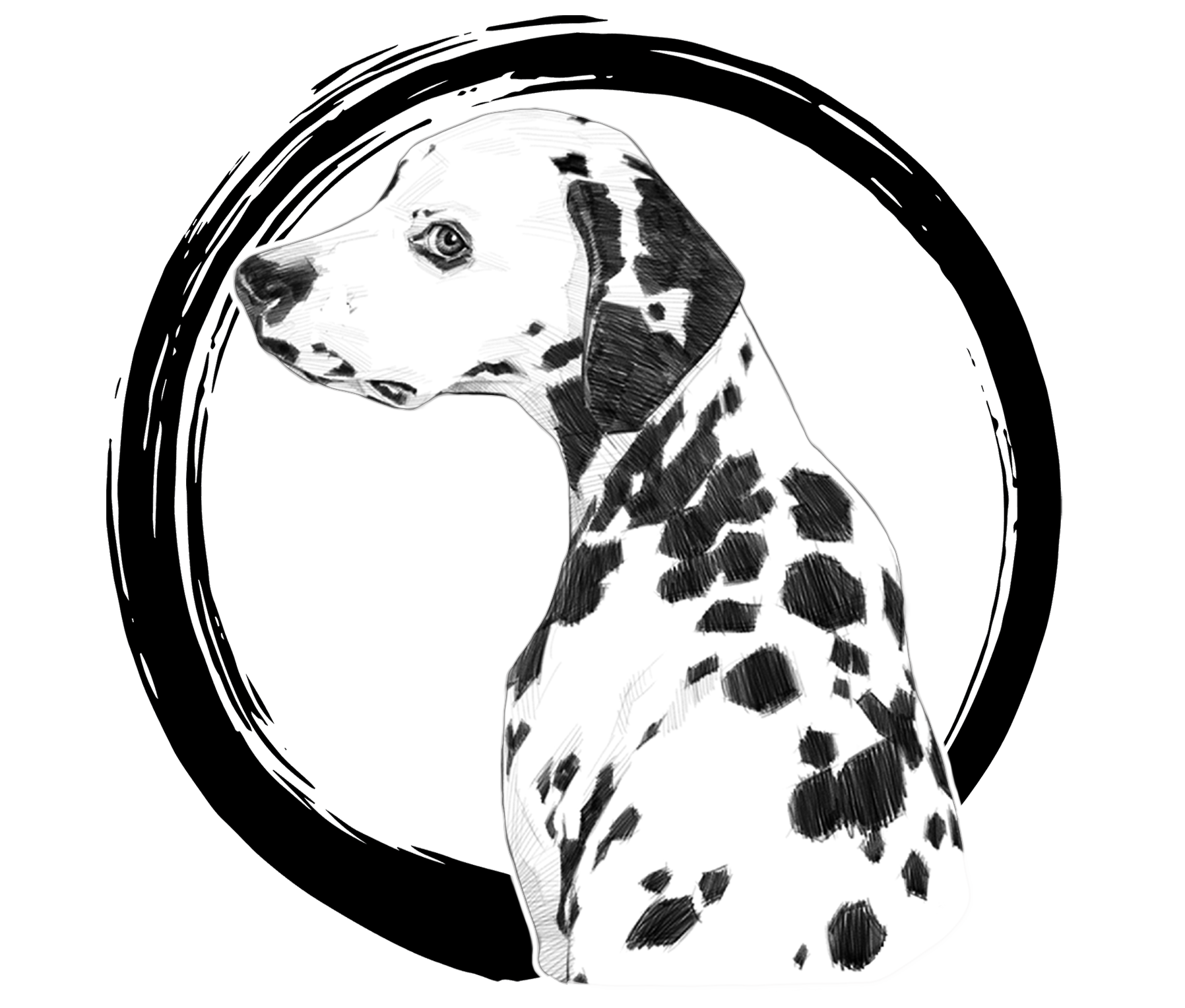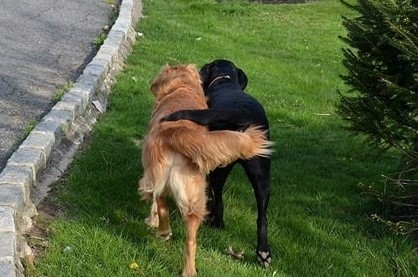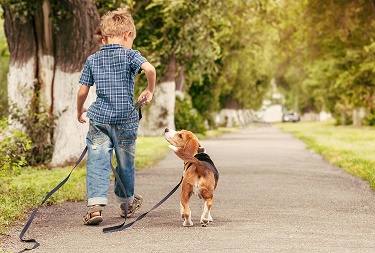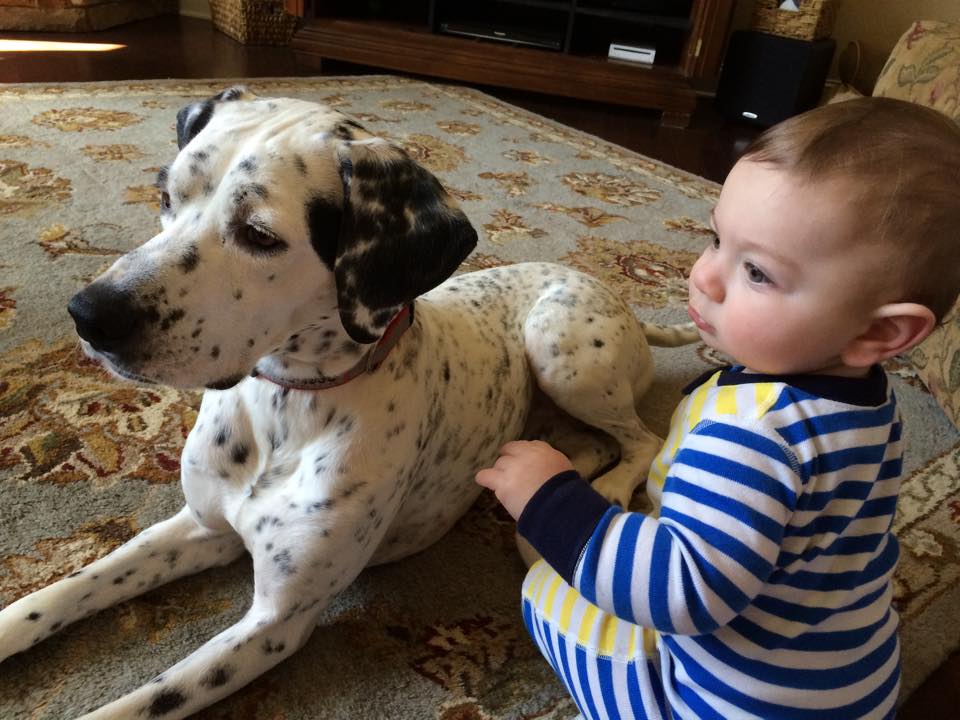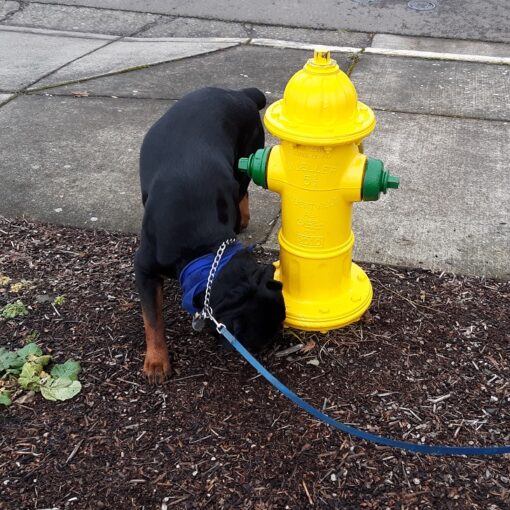Housetraining Tips
Most puppies learn their “foot preference” in the first 6 months of life. If during this time you teach them appropriate places to potty, they will usually be housetrained for life. An older dog who suddenly starts to house soil should see a vet. An older dog who has moved to a new house or has never been house trained can be trained just like a puppy. Make sure to clean up all accidents with an enzyme cleaner to remove all smells (urine and poo smells say “go here!” to your dog). Dogs also usually avoid soiling where they eat or sleep–so leave them in a favorite snuggle spot (not the washroom!) when you leave and, if necessary, play with your feed location to reduce soiling (most dogs don’t like to potty where they eat).
- A journal can be an invaluable tool for solving house training problems. Take notes on these topics and help us help you! Some info to include in your journal include
- When and where does your dog have accidents?
- Is it all over the house, or just one room?
- Is it during the day, or night?
- Is the urine darkly colored or the stools loose and runny?
- Does the dog eliminate when you are home, or right after you leave?
- Does the dog cry a lot?
- Health problems can cause behavior issues! A dog with health problems may not be able to control their bladder or bowels. Worms, urinary tract infection, food allergies, SIBO, EPI and anxiety are just a few of the medical problems than can cause house soiling. Once the dog soiled inside, he may think it’s OK. Retraining is commonly needed after a health crisis. Don’t panic–it usually goes more quickly than the first time around i you catch it early. Stop by the vets office and make sure your dog is in great health!
- A crate isn’t needed. Contrary to popular belief, a crate may aactually slow down house training according to our recent data. A crate can be used to help house training, but is not necessary. Dogs really do love their crates if they have a history of positive experiences with them. However, excessive use of a crate can cause boredom, frustration, anxiety, and even increase house training problems! Please use your crate responsibly (age appropriate, but we don’t recommend more than a *total* of 2 hrs a day). One effective alternative to using crates is to use baby gates or an expen to restrict the dogs access to your home, saving your carpets and speeding up training.
Housetraining Set-Up
- LIMIT ACCESS: Block off unused rooms–keep your puppy in the main room of the house–where you hang out and snuggle. Use baby gates or expens to restrict your dog to the common living area. This room should be a place where you spend most of your time. Dogs like to be with their humans–especially when they are puppies! Most dogs also avoid soiling in places they sleep or snuggle. So for them, all the “unused” or rarely used portions of the house seem like the easy access (as well as warm and dry!) potty areas. Prevent this issue by limiting access. Once your dog has formed a habit of going outside to potty, you can start to access these areas with the dog for a few minutes a day, and habituate them to hanging out there.
- PUPPY ROOM: If you must leave your dog alone, build a “room” with expens. In your dogs ‘room’ place their bed, food and water, and some toys. Allow enough room away from the bed and food for your dog to potty if the need arises. While this might seem counter-intuitive, allowing your dog a place to potty that isn’t his bed can prevent some really nasty problems later. Dogs who are forced to soil their sleeping/eating areas can be very challenging to housetrain!
- PEE PADS: Pee pads can cause problems–dogs often just use the same room, not the pad! Many pee pads have a scent in them that says “pee here”. It can be a pretty strong odor, and permeate the entire room. Avoid pee pads unless absolutely necessary. If you must use a pee pad, make sure to limit house access.
- PUPPY PROOFING: Puppy proofing is more a lesson in providing lots of things TO CHEW than preventing chewing. However, you should make sure all dangerous or precious items are removed (electric wires, important bills and paperwork, etc.). Provide lots of safe fun things to chew on instead–different types of textures and shapes (empty TP rolls, frozen carrots, real meat bones, cardboard recycling).
- SLEEP CYCLE: Have to leave the house? Make sure to walk your dog before you leave so he is ready for a nap. dogs who are sleeping metabolize slower and are less likely to need to potty. And don’t just walk him and rush out the door–he will need a few minutes of calm relaxing time (say, chewing on a bone) so he gets sleepy before you head out of the door.
Step-by-step Housetraining Tips
- Feed your dog on a schedule. Most adult dogs are fed twice a day. Puppies may be fed as much as 4 times a day, depending on age. Most dogs eliminate about 20 minutes after a meal, plus or minus. Pups may eliminate immediately after meals or drinking.
- Reward eliminating outside. This can be a treat or soft gentle praise. Shy pups will need very quiet praise. Confident pups might even enjoy excited play, but make sure they are done eliminating before you reward. Also–reward immediately–not at the door or back inside. Reward right where they eliminated.
- Take your dog out on leash. Many puppies will run around and do fun things… and forget to potty untl they are back inside. Putting them on leash ensures you they won’t get distracted. (warning, some puppies and many rescue dogs have been punished for house soiling and will not potty on leash or in front of a person. A long line and turning away from the dog can help here).
- Schedule
- Take your pup out every 15 min to 1/2 hr depending on age and ability. Yes, really. It is a LOT, but it will help you to capture your pup eliminating outside.
- 5-20 minutes after they eat.
- Take them out immediately after waking up or playing.
- Some dogs need a little exercise to get the pipes going–think 5 minutes of play. Then become boring. Stand in the same area and let them sniff around while on leash. As soon as they eliminate, praise and reward and take them for a *fun* 5 minute (or longer) walk). If pup does not eliminate, return them to their room and try again in 5 to 10 minutes.
- Double poopers: If your puppy is out for more than 10 minutes, they may need to eliminate again before coming inside. Leash them up, become a “tree” and wait for them to sniff around and potty again.
- Increase time: Once your dog is “accident free” for 3 days, you can increase the time between walks. Try increasing by 5 minutes–if that works, go for 15 minutes. If he has any accidents, go back to a prior step and work from there.
- Never punish. If your dog is having accidents, then you need to problem solve and make it easier for the pup. Check your current protocol and adjust where necessary. If you punish a dog for house soiling, they may associate you with teh punishment, and jusst avoid eliminating in front of you. This can make it hard to housetrain!
Additional Housetraining Resources
House to House Train Your Dog or Puppy – Humane Society
House Training a Puppy or Rescue – Kikopup YouTube video
Excitement and Submissive Urination
https://positively.com/dog-behavior/nuisance-behaviors/potty-problems/submissive-urination/
